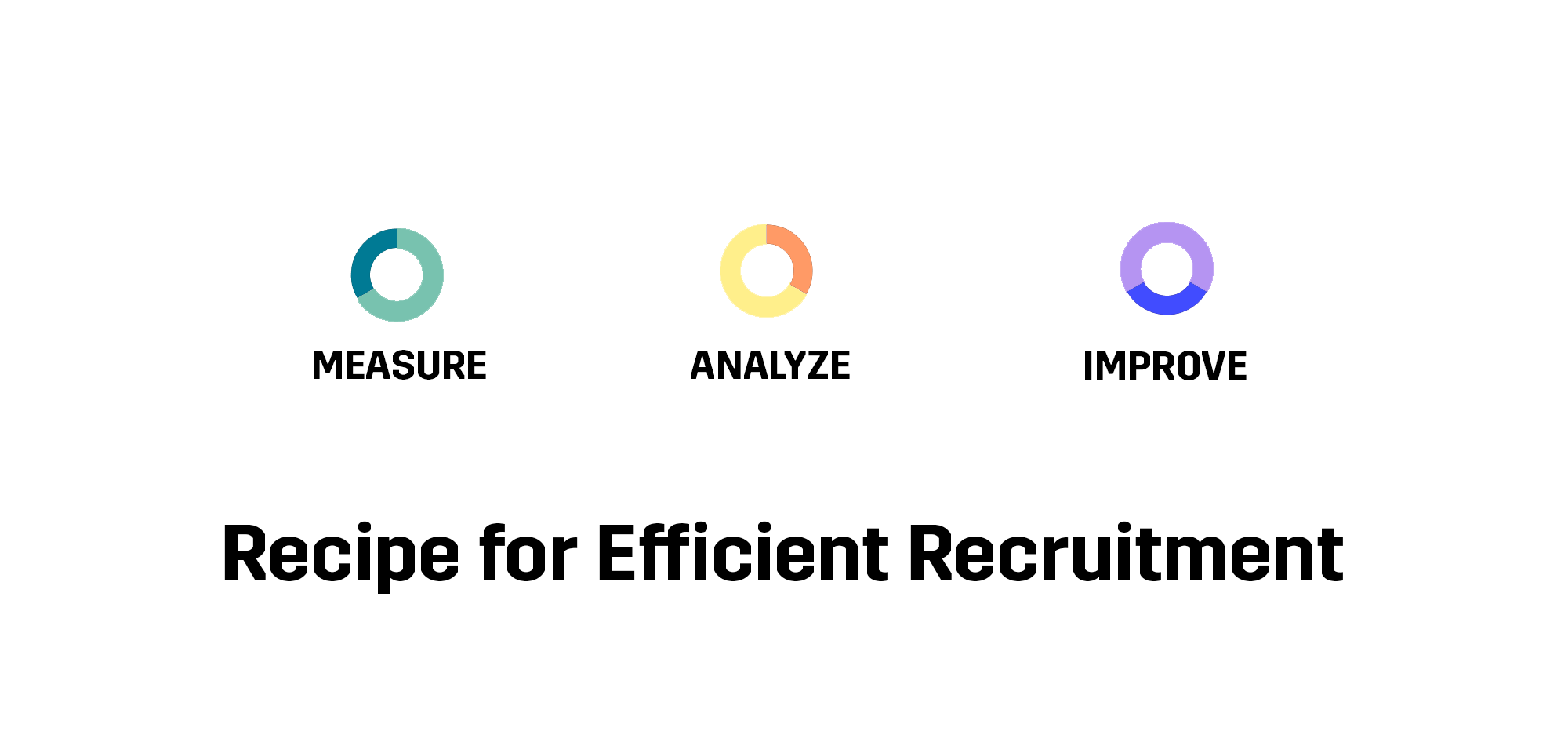
Rosie Greaves
How to Prioritize for an Efficient Recruitment Process
Do you want to start prioritizing to boost the efficiency of your recruitment process?
— Denna sida är också tillgänglig på Svenska 
Recruitment is a crucial, albeit expensive, aspect of running a business. On average, it costs $4,129 to hire an employee, and the process takes around 42 days.
However, companies can save a few pennies by improving their recruitment methods, namely, by optimizing them to attract top-quality talent.
But, with so many aspects to the hiring process, it can be difficult to pinpoint where to streamline your workflow.
So, in this article, we’ll discuss how to prioritize to ensure the most efficient recruitment process possible.
The End Goal
Before we delve into improving your recruitment workflow for efficiency, let’s first examine what you’re hoping to achieve from your recruitment process:
- Job ads that enjoy high visibility on channels frequented by relevant and high-quality talent
- You receive a wide range of applicants in as short a time as possible.
- Candidates finish your job applications from start to finish and remain engaged with every step of the hiring process.
- Applicants rate your candidate experience highly
Streamlining Your Recruitment Process
To enhance your recruitment workflow’s effectiveness, you need to adopt the following approach:
- Measure
- Analyze
- Improve
- Repeat
This will provide your and your HR team with valuable insights into the candidate experience.
For example, it helps us understand why an average of 60% of job seekers quit filling out online job applications half-way.
Hint: It’s due to the length and complexity of the application process.
How do we know that? Through measurement and analysis.
Below we explore each of these four stages in more detail:
Measure
The first step to identifying areas of your recruitment process that need improving is gathering data to measure.
Writing and distributing a candidate experience survey is a great way to get started with this. Be sure to ask the candidates:
- You rejected
- Who abandoned their applications
- You hired
- Who came to interview
- Who submitted an application
..to participate. Each of these different kinds of applicants will provide unique insights from various stages of your recruitment process.
As you go about compiling questions, have a few that hone in on how the candidate:
- Felt about the overall experience
- Whether they might apply again in the future
- Which (if any) parts of the process they think could be improved.
The answers to these types of questions provide actionable feedback for you to act upon.
You can also use candidate experience surveys to measure the following:
- Where most of your applications come from
- What channels did the candidate use to apply (and was it there preferred channel?)
- Are your applicants applying via desktop or mobile devices?
- What demographic is most interested in your roles?
- Which stage of the recruitment process takes the longest?
- At what point in the hiring process do the majority of applicants drop out? And why?
Then once you’ve received feedback, organize all of this information into a report so that you and your team can analyze the data…
Analyze
By taking a close look at the data, you’ll soon identify areas in need of improvement. If your surveys’ results highlight any of the following, here are a few actionable tips to consider:
- Suppose the majority of your applicants apply through a single channel. In that case, you can focus your efforts here, reducing your budget in other areas. In fact, 73% of millennials apply for work through social media sites. If millennials are your target demographic, can you use this to your advantage?
- Many of your applicants might be applying via mobile. After all, 90% of modern job seekers browse for jobs on their smartphones. It may pay to improve your mobile experience. For instance, is your career site, mobile-friendly?
- If applicants are dropping out while filling out your online job application, could this process be shortened or simplified?
- If you’re not sending rejection notices, this needs to change. This goes a long way to improving the candidate experience for non-successful applicants.
Improve
Once you understand which parts of your recruitment process are sub-optimal, take steps to improve them. For instance, you can adjust your budget to focus on the recruitment channels and tools that target high-quality applicants. And, most importantly, this is the time to react to candidate feedback.
Repeat
Now that you’ve completed the three steps above, it’s crucial to measure the results once more. An efficient recruitment process is an evolving project that responds to candidate feedback and data in an agile fashion.
When changes are implemented, their effect needs to be measured. Once sufficient data exists to track their success, you can decide to keep these changes as they are, or further adjust them.
New pain-points will come to light through repeating this process, which you’ll need to respond to. It’s by taking action that you’ll slowly boost efficiency.
If you enjoyed this blog post, you might find our free eBook: 8 Useful Key Metrics To Measure Your Recruitment Process, useful. Download it today to take your hiring methodology to the next level. Enjoy!
Get notified on new blog updates
+ get our popular candidate experience ebook for free